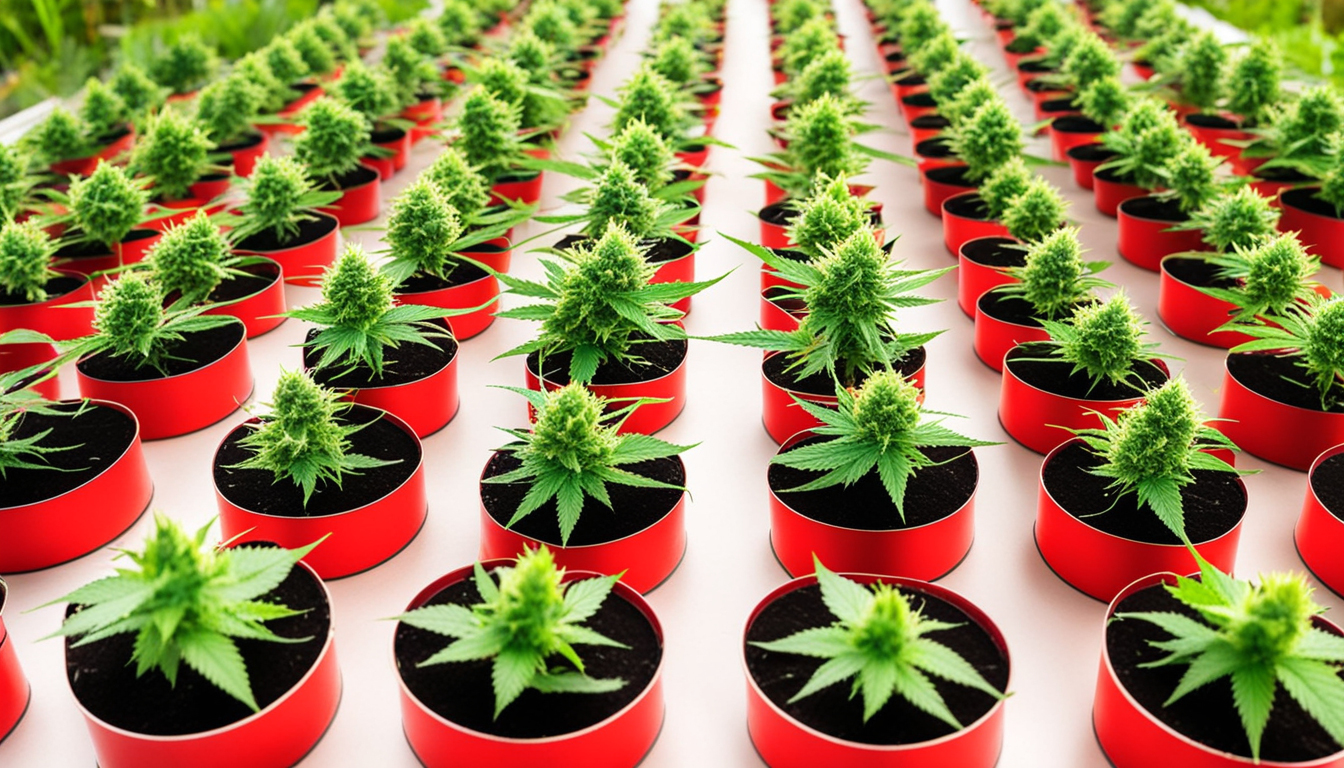
Whether you're new to weed growing or looking to improve your existing harvest, following this complete guide will help you produce large, high-quality yields right at home. With the right equipment, methods, and attention, cultivating cannabis indoors can be an extremely rewarding and cost-effective endeavor.
Choosing Weed Varieties
The first step in planning your indoor crop is choosing the right pot cultivars to cultivate. The three main types of cannabis plants each have their own traits.
Sativas
Known for their invigorating mental effects, these strains grow tall and slender with narrow leaves. They thrive in hotter equatorial climates and have a longer flowering time between 2.5-3 months indoors. Top energizing varieties include Jack Herer, Durban Poison, Super Lemon Haze, and Jack Herer.
Indicas
Indicas provide relaxing full-body effects and grow short and bushy with broad leaves. Adapted to cooler mountain climates, they flower faster within 8-9 weeks. Popular relaxing strains include Northern Lights, Bubba Kush, and Bubba Kush.
Mixed strains
Mixed varieties mix traits from both sativas and indicas. They offer combined effects and have medium blooming times around 2.25-2.5 months. Popular mixes are Blue Dream, OG Kush, and Blue Dream.
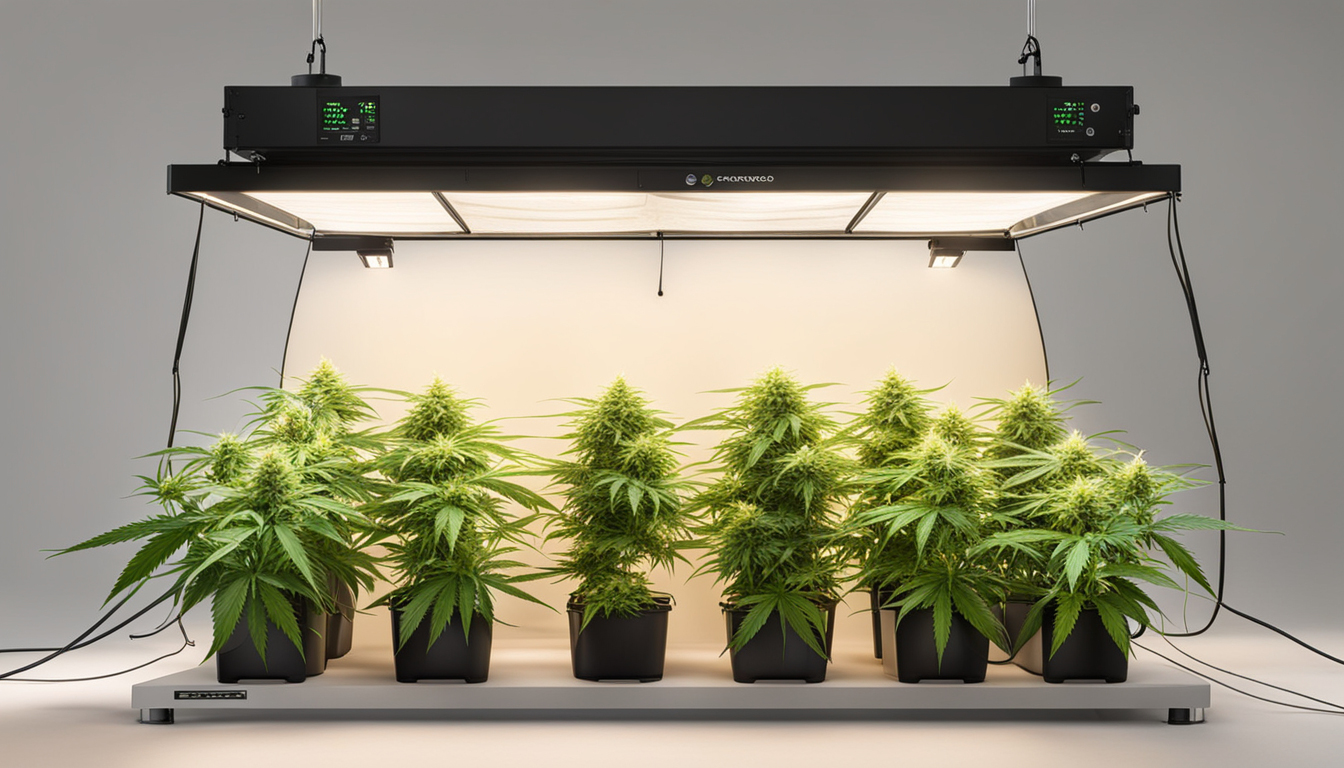
Setting Up Your Cultivation Space
Marijuana plants need the right controlled environment to thrive. Key factors for indoor grows are lights, airflow, layout, and finding the ideal discreet spot.
Location
Choose an empty space with easy access to irrigation and power outlets. An empty extra bedroom, unused closet, basement corner, or cultivation tent tucked away in a garage all make great stealthy cultivation room spots.
Lights
Weed requires intense light for all vegetative stages. LEDs are energy-efficient and come in full spectrum options replicating natural sunlight. Provide 250-400 watts per square foot for the growth stage and 400-600 watts per square foot for bloom.
Airflow
Proper ventilation and exhaust systems maintain ideal temperature, moisture, and fresh CO2 levels. Set up silent 4-6 inch fans or carbon filters to circulate stale air and eliminate smells.
Layout
Maximize your space by positioning plants carefully under the lights and allowing room to access and work around them. Set up distinct zones for growth, flowering, drying, and propagation.
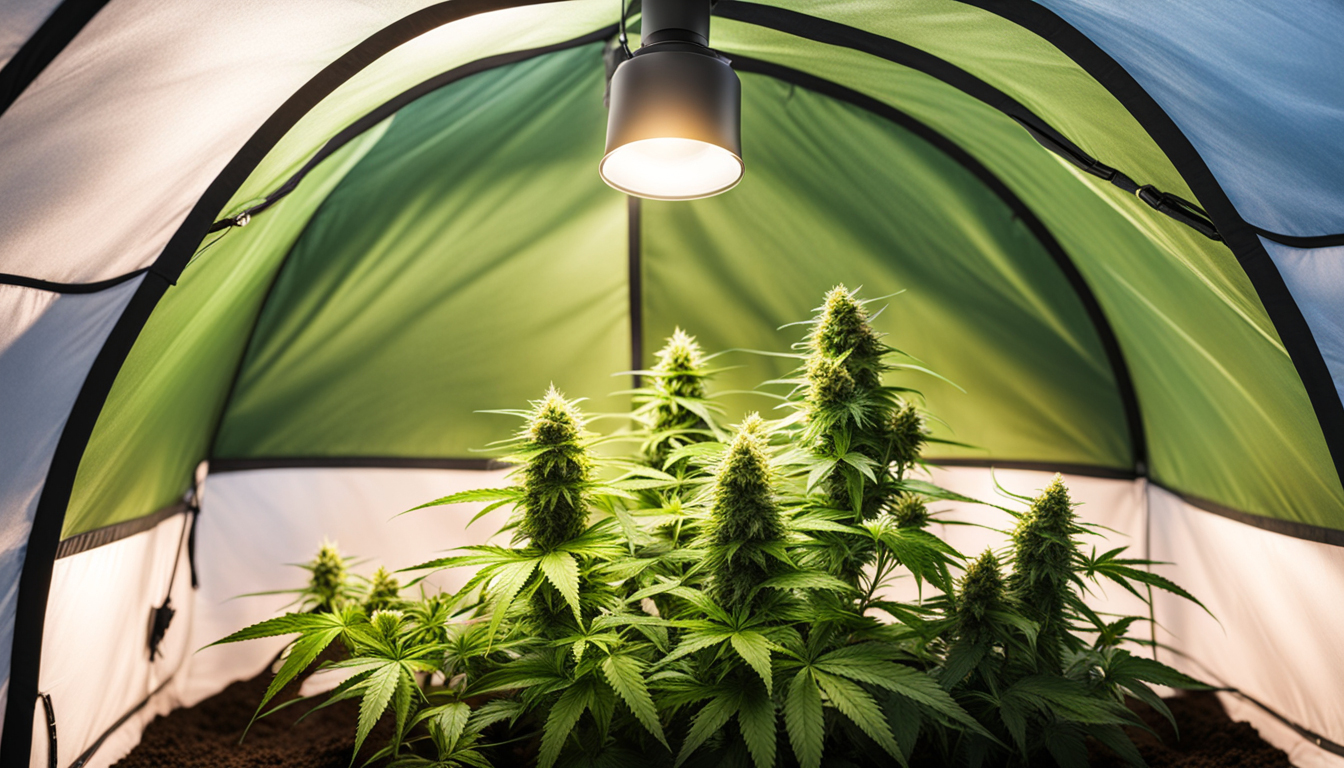
Growing Substrates
Cannabis can be cultivated in various mediums, each with benefits and cons. Pick a suitable option for your particular setup and growing style.
Soil
The traditional substrate, soil is cheap and simple for beginners. It provides excellent taste but requires more irrigation and fertilizing to feed plants. Amend soil with vermiculite or coco to improve aeration.
Coco Coir
Made from coir, renewable coco coir holds water but still lets in air to the roots. It's cleaner and more consistent than soil. Use coco-specific nutrients to prevent calcium buildup.
Hydroponics
In water systems, plant roots grow directly in fertilizer water solution. This allows rapid growth but needs careful monitoring of water properties. DWC and drip systems are popular methods.
Germinating Seeds
Sprouting prepares your cannabis seeds to begin growing taproots. This prepares them for transplanting into their cultivation medium.
Paper Towel Method
Place seeds between wet paper towel and maintain them damp. Check after a week for growing taproots indicating sprouting is complete.
Planting directly
Plant seeds directly into wetted cultivation medium 1⁄4 inch deep. Gently water and wait 1-2 weeks until seedlings break through the surface.
Rockwool Cubes
Presoak cubic rockwool starters in pH-adjusted water. Insert seeds 1⁄4 inch deep into the cubes. Keep cubes wet until sprouts emerge within a week to 2 weeks.
Repotting Seedlings
Once sprouted, marijuana young plants need to be repotted to avoid overcrowding. Move them into proper sized pots.
Ready Containers
Fill final pots with cultivation medium enriched with time-released nutrients. Allow containers to absorb water for 8-12 hours before repotting.
Carefully Transplanting
Gently loosen young roots from sprouting medium using a spade. Place into prepared container at same depth as before and lightly water in.
Growth Stage
The growth stage encourages foliage and plant structure through 18-24 hours of daily light exposure. This stage usually lasts 4-8 weeks.
Using 3/4 to full day of Lighting
Use lamps on a 24 daily schedule or natural sunlight to trigger constant growth. Lamp output influences height and node distance.
Nutrients
Use grow stage fertilizers richer in N. Make sure pH remains around 6.5 for proper nutrient absorption. Feed 1⁄4 to 1⁄2 strength after 2 weeks and increase gradually.
LST and topping
Fimming, LST, and scrogging manipulate growth patterns for even canopies. This increases yields.
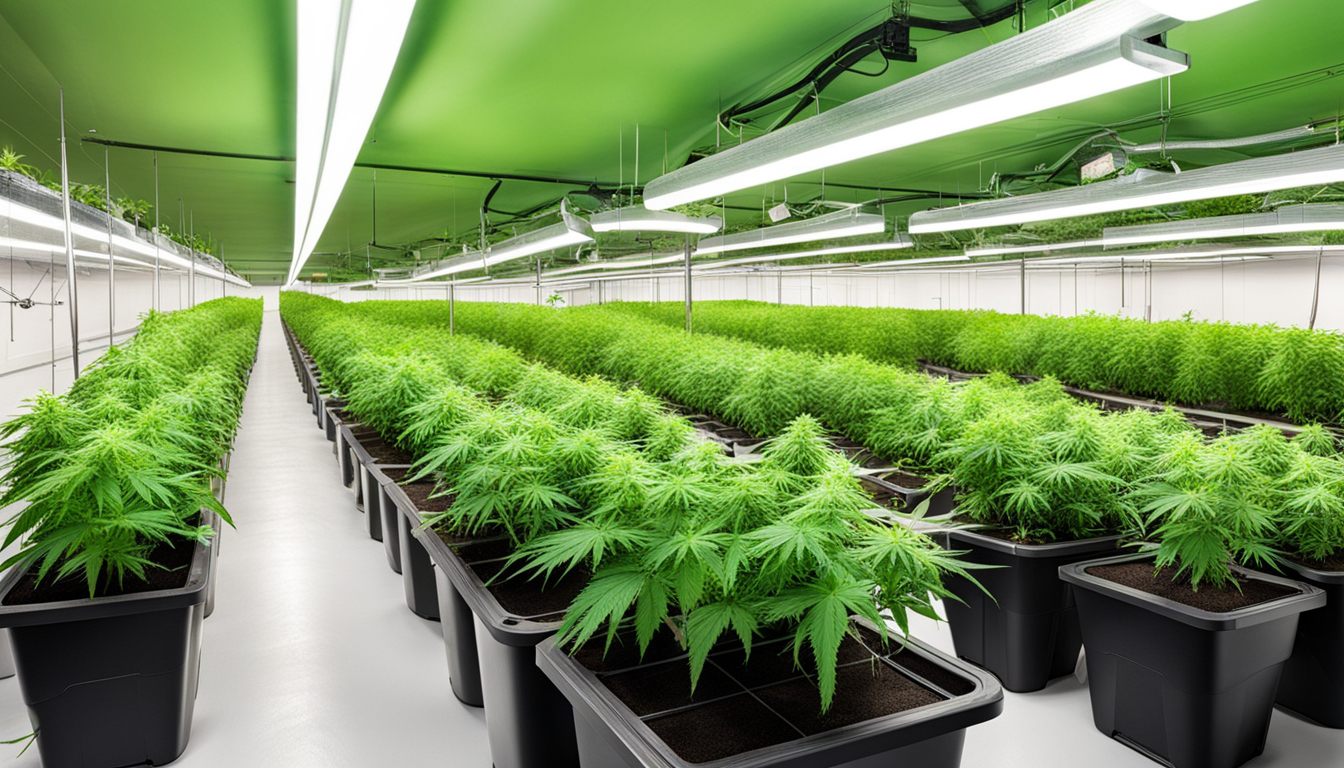
Flowering Stage
The blooming stage grows buds as plants reveal their sex under a 12/12 light schedule. It lasts 2-3 months based on strain.
Changing Light Schedule
Switch lamps to 12/12 or move outdoors for natural 12 hour cycle. This triggers plants to start flowering.
Stop Fertilizing
Flushing flushes out fertilizer residuals to Discover More improve taste. Feed lightly the first weeks then just use plain water the last 2 weeks.
Flushing
Maintain 12/12 light timing but flush using neutral pH water only. Return to plain watering if buds aren't ripe after two weeks.
Harvesting
Knowing when pot is completely mature ensures maximum potency and aroma. Harvest plants at peak ripeness.
Signs of readiness
Check swollen calyxes, faded pistils, and 10-15% cloudy trichs. Check buds across the plant as they won't all ripen evenly.
Cutting Plants
Use sterilized, razor-sharp trimming scissors to carefully cut each plant at the base. Keep several inches of stem attached.
Curing
Hang intact plants or colas upside down in a lightless room with moderate temperature and RH around 45-65% for 7-14 days.
Aging
Curing keeps drying while improving the buds like fine wine. This process mellows harshness and intensifies cannabinoid and terpene profiles.
Curing containers
Trim cured buds from branches and place into Contact Us Today sealed containers, filling about 75% capacity. Use a hygrometer to measure container humidity.
Opening jars daily
Unseal jars for a short time daily to gradually reduce humidity. Rehydrate buds if humidity drops below 55%.
Long term storage
After 2-3 weeks when moisture stabilizes around 55-60%, perform a last trim and store forever in sealed jars.
Troubleshooting
Even experienced cultivators run into various marijuana plant problems. Identify problems early and fix them properly to keep a healthy garden.
Poor feeding
Yellowing leaves often signify insufficient nitrogen. Anthocyanins and leaves show low phosphorus. Check pH and boost nutrients slowly.
Pests
Thrips, aphids, fungus gnats, thrips, and nematodes are frequent marijuana pests. Use organic sprays, ladybugs, and yellow traps for natural control.
Powdery mildew
High moisture promotes powdery mildew and root rot. Improve circulation and venting while lowering RH below 50% during bloom.
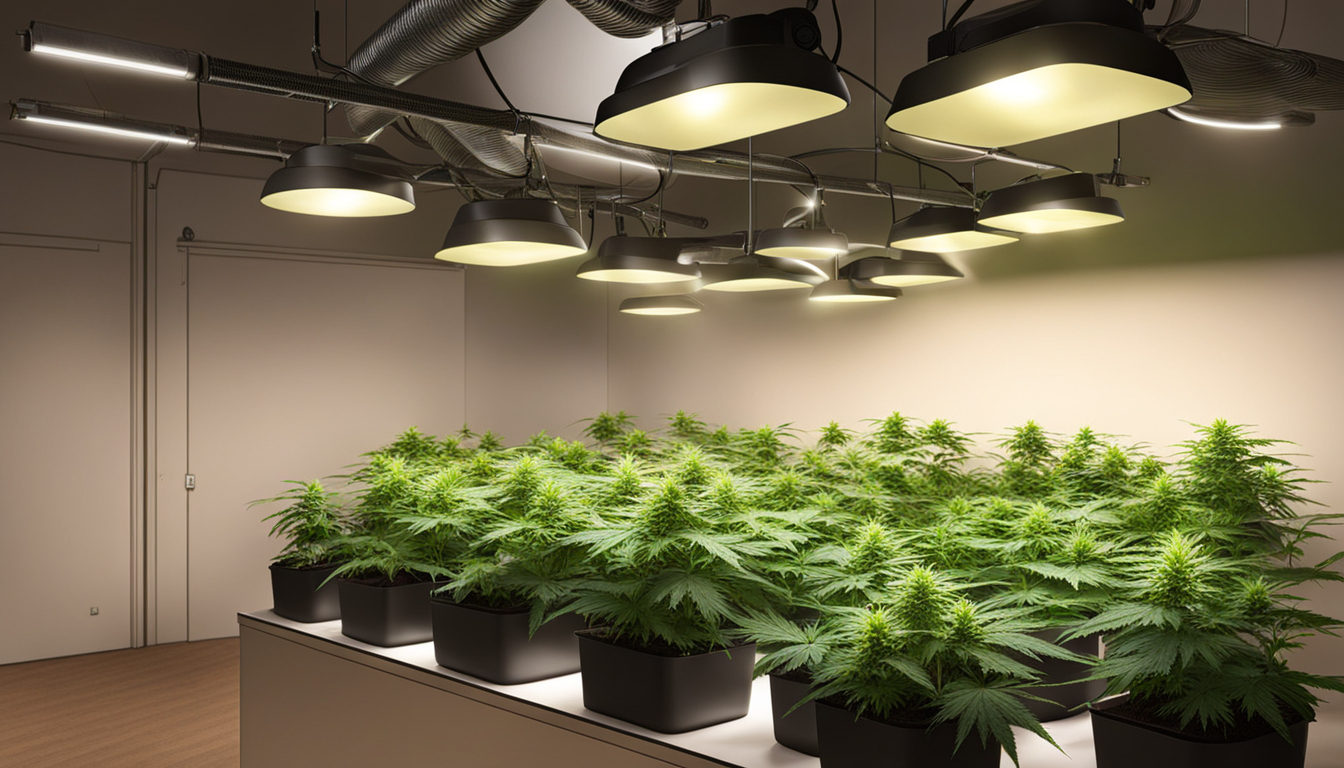
Conclusion
With this complete indoor marijuana growing guide, you now have the knowledge to grow bountiful strong buds for personal grows. Apply these steps and techniques during the germination, vegetative, and bloom stages. Invest in quality gear and closely monitor your plants. In time, you'll be rewarded with sticky fragrant buds Contact Us Today you grew yourself under the loving care of your green hands. Good luck cultivating!